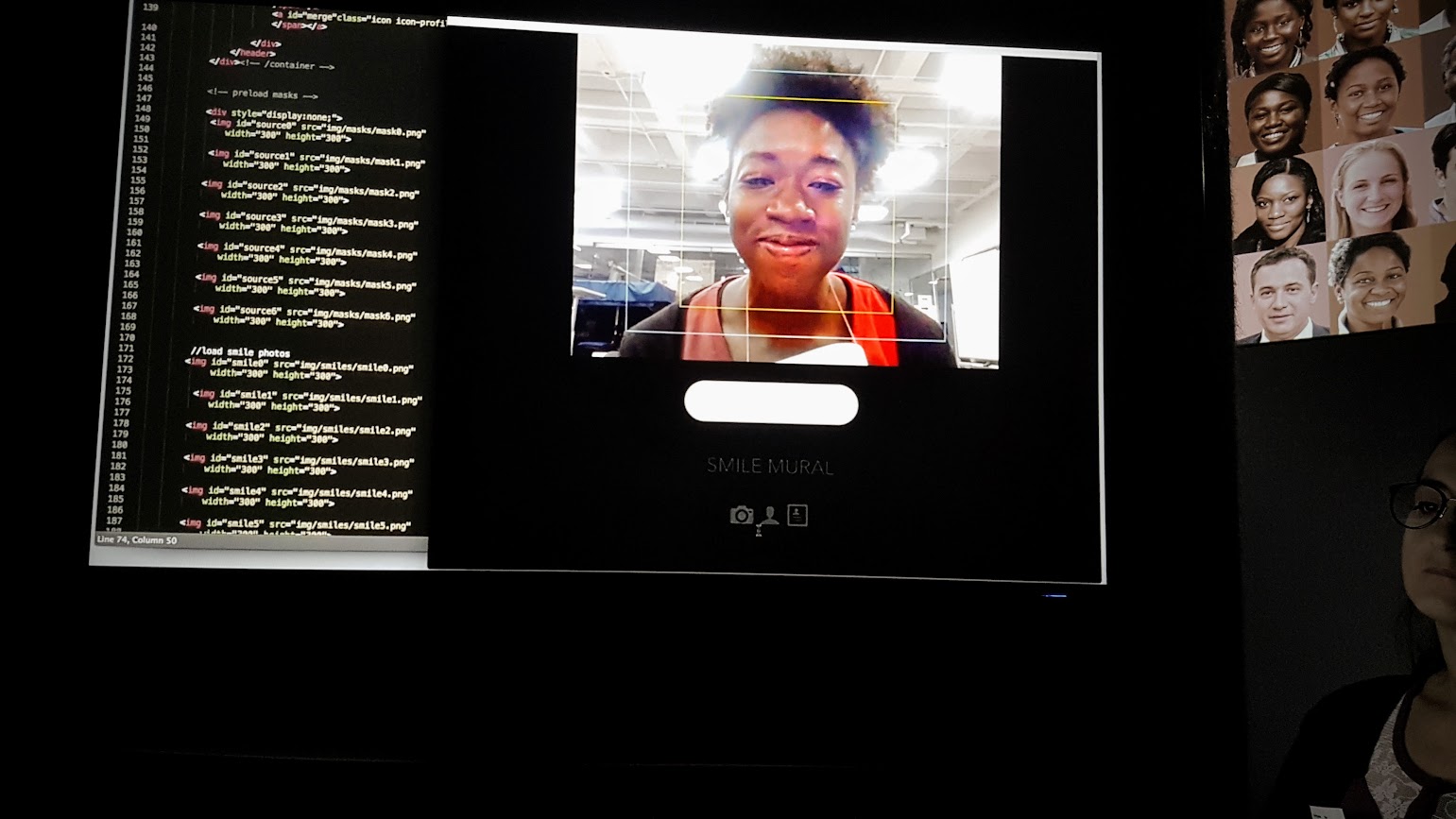Science
Google and UC Riverside Launch Advanced Deepfake Detection Tool

Researchers from the University of California, Riverside, have developed a groundbreaking system called the Universal Network for Identifying Tampered and synthEtic videos (UNITE) in collaboration with Google. This innovative tool is designed to detect deepfake videos, even when faces are not visible, addressing the growing threat of misinformation facilitated by AI-generated content.
Deepfakes, a blend of “deep learning” and “fake,” are media that utilize artificial intelligence to create realistic-looking videos, images, or audio. While they can be entertaining, the potential for misuse is significant. The manipulation of video and audio to impersonate individuals can mislead the public and undermine trust in media.
Addressing Current Limitations in Detection Technology
Existing deepfake detection systems often struggle when a face is not present in the frame, limiting their effectiveness against various forms of disinformation. Altering backgrounds or audio can distort the truth just as effectively as creating fake facial content. UNITE overcomes these limitations by analyzing entire video frames, including backgrounds and motion patterns, rather than relying solely on facial recognition.
This technology employs a transformer-based deep learning model that identifies subtle spatial and temporal inconsistencies often overlooked by traditional systems. By utilizing a foundational AI framework known as Sigmoid Loss for Language Image Pre-Training (SigLIP), UNITE captures features that are not tied to specific individuals or objects. A novel training method called “attention-diversity loss” enhances the model’s ability to examine multiple visual regions in each frame, ensuring a comprehensive analysis.
The partnership with Google has provided researchers with access to extensive datasets and computational resources necessary to train UNITE effectively on a wide array of synthetic content. This includes videos generated from text or still images, formats that can confuse existing detection tools.
The Importance of UNITE in the Current Landscape
The development of UNITE comes at a critical time when text-to-video and image-to-video generation tools are becoming increasingly accessible online. These AI platforms allow nearly anyone to create highly convincing videos, presenting serious risks to individuals, institutions, and potentially democratic processes in various regions.
The researchers presented their findings at the 2025 Conference on Computer Vision and Pattern Recognition (CVPR) in Nashville, U.S. Their paper, titled “Towards a Universal Synthetic Video Detector: From Face or Background Manipulations to Fully AI-Generated Content,” details UNITE’s architecture and training methodologies.
As the landscape of digital content continues to evolve, tools like UNITE may become essential for newsrooms, social media platforms, and individuals striving to maintain the integrity of information. With the ability to flag a spectrum of forgeries, from simple facial swaps to entirely synthetic videos, UNITE represents a significant advancement in the ongoing battle against digital misinformation.
-

 Education2 months ago
Education2 months agoBrandon University’s Failed $5 Million Project Sparks Oversight Review
-

 Lifestyle3 months ago
Lifestyle3 months agoWinnipeg Celebrates Culinary Creativity During Le Burger Week 2025
-

 Science3 months ago
Science3 months agoMicrosoft Confirms U.S. Law Overrules Canadian Data Sovereignty
-

 Health3 months ago
Health3 months agoMontreal’s Groupe Marcelle Leads Canadian Cosmetic Industry Growth
-

 Science3 months ago
Science3 months agoTech Innovator Amandipp Singh Transforms Hiring for Disabled
-

 Technology3 months ago
Technology3 months agoDragon Ball: Sparking! Zero Launching on Switch and Switch 2 This November
-

 Education3 months ago
Education3 months agoRed River College Launches New Programs to Address Industry Needs
-

 Technology3 months ago
Technology3 months agoGoogle Pixel 10 Pro Fold Specs Unveiled Ahead of Launch
-

 Technology1 month ago
Technology1 month agoDiscord Faces Serious Security Breach Affecting Millions
-

 Business2 months ago
Business2 months agoRocket Lab Reports Strong Q2 2025 Revenue Growth and Future Plans
-

 Science3 months ago
Science3 months agoChina’s Wukong Spacesuit Sets New Standard for AI in Space
-

 Education3 months ago
Education3 months agoAlberta Teachers’ Strike: Potential Impacts on Students and Families
-

 Technology3 months ago
Technology3 months agoWorld of Warcraft Players Buzz Over 19-Quest Bee Challenge
-

 Business3 months ago
Business3 months agoNew Estimates Reveal ChatGPT-5 Energy Use Could Soar
-

 Business3 months ago
Business3 months agoDawson City Residents Rally Around Buy Canadian Movement
-

 Technology1 month ago
Technology1 month agoHuawei MatePad 12X Redefines Tablet Experience for Professionals
-

 Education3 months ago
Education3 months agoNew SĆIȺNEW̱ SṮEȽIṮḴEȽ Elementary Opens in Langford for 2025/2026 Year
-

 Technology3 months ago
Technology3 months agoFuture Entertainment Launches DDoD with Gameplay Trailer Showcase
-

 Business3 months ago
Business3 months agoBNA Brewing to Open New Bowling Alley in Downtown Penticton
-

 Technology3 months ago
Technology3 months agoInnovative 140W GaN Travel Adapter Combines Power and Convenience
-

 Technology3 months ago
Technology3 months agoGlobal Launch of Ragnarok M: Classic Set for September 3, 2025
-

 Science3 months ago
Science3 months agoXi Labs Innovates with New AI Operating System Set for 2025 Launch
-

 Technology3 months ago
Technology3 months agoNew IDR01 Smart Ring Offers Advanced Sports Tracking for $169
-

 Technology3 months ago
Technology3 months agoDiscover the Relaxing Charm of Tiny Bookshop: A Cozy Gaming Escape










